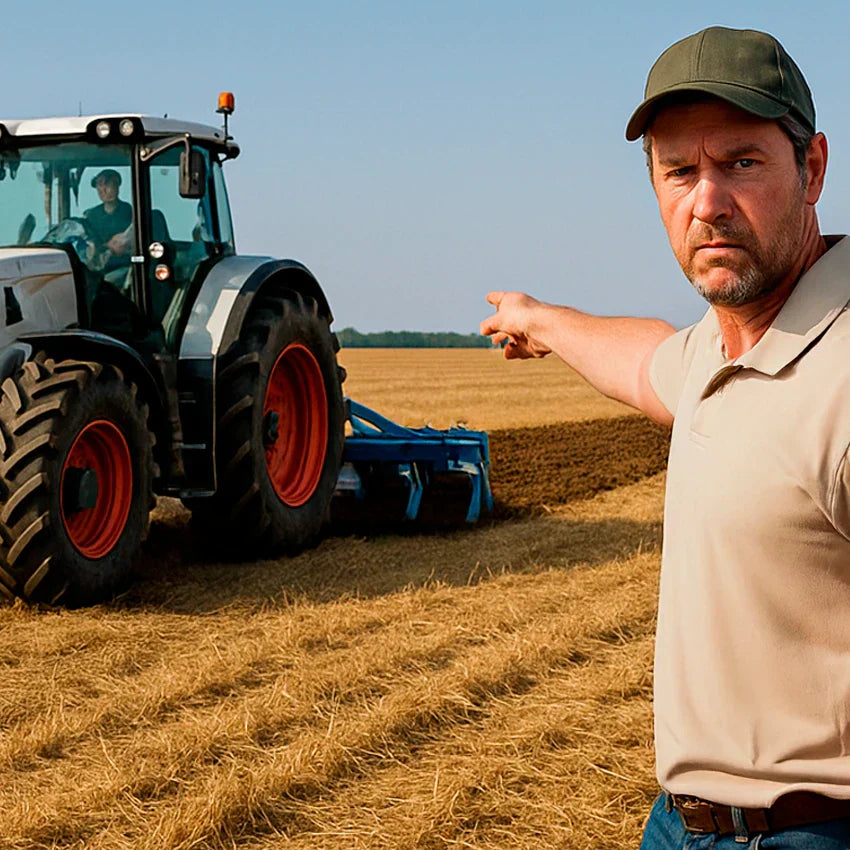The internet is coming to the countryside
Several connectivity initiatives are already altering the Brazilian rural landscape.
Transmission towers appear in the midst of plantations and encouraging results begin to appear. But for most rural producers, the routine continues to be to collect data on the machines with a flash drive and process it later, when they arrive at the office and have access to the internet.
In the offline world, there is no systematic monitoring of what happens in the field and the data collected is only useful for scheduling tasks for the following days.
However, when machines and sensors are connected in real time, it is possible to perform data collection continuously, allowing immediate corrections in the operation.
The lack of connection infrastructure in Brazil is great. Only 5% of agricultural areas are connected to the internet and the ideal is that this percentage reaches 90%. To expand coverage, something like 14,000 antennas and 5,800 transmission towers will be needed.
Towards connectivity
-
In August 2019, the Câmara do Agro 4.0 was created, a cooperation agreement between the ministries of Agriculture, Livestock and Supply (MAPA) and of Science, Technology, Communications Innovations (MCTIC). Some public initiatives aim to allocate resources for the expansion of the internet and mobile telephony in the countryside. One of them foresees modifying the law that defines the use of resources from the Fund for Universalization of Telecommunications Services (Fust) to allow the money to be used to expand connectivity in rural areas. There are also other bills that provide for the reduction or elimination of inspection fees and the operation of communication systems. These measures are intended to stimulate the development of infrastructure and the massification of Internet access in underserved areas.
-
In 2019, some companies got together to accelerate the connection between machines and people in the field and created the ConectarAgro association. The initiative was designed to offer an affordable connection, through 700 MHz 4G telephony, and a data transmission speed of around 220 MB per second – enough to operate autonomous tractors, for example. The cost of implementing the system is low, calculated as the average price of half a sack of soybeans per hectare, but it can drop to up to a quarter of a sack if the region is flatter or if the property already has a tower to install the antennas. In seven months of 2019, the association connected 5.1 million hectares, covering 218 cities and 50,000 rural properties.
-
Another encouraging initiative came from one of the largest research and development centers in Latin America, CPqD (Center for Research and Development in Telecommunications). The solution is composed of a Radio Base station and vehicular terminals installed on harvesters, tractors and trucks, with 4G operating in the frequency band designated by Anatel as Private Limited Service. The producer sets up his own network and Radio Base stations are able to capture the signal at a distance of 40 kilometers without obstacles. In this way, it is possible to collect data in the field and send it, in real time, to databases and applications. A pilot project was carried out at Usina São Martinho and the technology promises considerable gains. Instead of waiting 72 hours to find out about problems with the tractors, they are now able to detect problems in real time.
-
Another important partnership emerged between John Deere and Trópico, a company specialized in the development of infrastructure for telecommunications, with the Rural Connectivity solution to bring internet to the countryside. The service is based on long term evolution (LTE) technology, and allows coverage ranges of up to 30 km with a single tower.
These are just a few examples of initiatives that should completely change the agricultural scenario in Brazil.
It is important to remember that the internet can bring benefits not only to large producers but also to small ones. Through simple applications, for example, it is already possible to control a herd or know the level of soil moisture and the climatic conditions of the plants.
We are in the midst of a revolution in the countryside, with 1.5 million rural producers accessing data through electronic devices, a number 1,900% higher than 10 years ago, according to the IBGE, which shows good adherence to digital solutions.
Meanwhile, most startups in agribusiness offer solutions that allow you to circumvent the lack of connectivity. This is the case of the training platform for agribusiness, Werkey, which allows users to download courses when they are online and then watch them offline. By providing content storage for later access, the company allows the user to access training to solve a problem in the field or even while transporting employees to the fields.
Founded in June 2020, Werkey is a company that emerged from the need for a solution that promotes the convergence of in-person and online course offerings from different brands and their dealer networks, to train customers and users in a single portal. of its solutions for agribusiness and heavy construction in Latin America.










Leave a comment